What You Need To Know About Your Nonstick Cookware – Discover the 4 Critical Eye-Opening Reasons to Bid Farewell to Nonstick Cookware
The Truth About Nonstick Cookware: A Comprehensive Guide
Overview
In recent years, nonstick cookware has become a staple in many kitchens. Its convenience and ability to prevent food from sticking to the surface have made it a popular choice for home cooks around the world. However, there is a growing concern about the safety of nonstick cookware and its potential health risks. In this comprehensive guide, we will delve into the truth about nonstick cookware, exploring its safety, potential dangers, and alternative options.
The Rise of Nonstick Cookware
Nonstick cookware has seen a significant rise in popularity over the past few decades. Its inception can be traced back to the 1930s when a chemist named Roy Plunkett accidentally discovered polytetrafluoroethylene (PTFE), the key component of nonstick coatings. This revolutionary material was later marketed under the brand name Teflon. Since then, nonstick cookware has become a household name, with millions of people using it in their daily cooking routines.
The Convenience of Nonstick Cookware
Nonstick cookware has undoubtedly revolutionized the way we cook. The slick surface allows food to effortlessly slide off the pan, making cooking and cleaning a breeze. Whether it’s frying eggs, sautéing vegetables, or flipping pancakes, nonstick cookware has become synonymous with convenience in the kitchen. Its popularity can be attributed to the time and effort it saves, making it a go-to choice for busy individuals and families. Convenience aside, the more important question is: Is the PTFE based nonstick coating cookware safe for the long-term health of you and your family’s health?
The Dangers of Teflon in Nonstick Cookware
Teflon, a brand name for PTFE, is widely used in nonstick cookware due to its exceptional nonstick properties. However, when heated to high temperatures, Teflon can release toxic fumes, leading to a condition known as polymer fume fever. Symptoms include flu-like symptoms, respiratory distress, and in severe cases, pneumonia. This phenomenon, commonly referred to as “Teflon flu,” has raised concerns among health professionals and consumers alike. The potential danger posed by Teflon has prompted many to reconsider their use of nonstick cookware.
Understanding Nonstick Coatings
Nonstick cookware is made with a coating that prevents food from sticking to the surface. The most common coating material is PTFE, which is known for its excellent nonstick properties. PTFE is applied to the cooking surface of the cookware, creating a smooth and slick layer that allows food to slide off easily.
However, it is essential to note that not all nonstick coatings are created equal. Some manufacturers use additional chemicals, such as perfluorooctanoic acid (PFOA), to enhance the nonstick properties of the cookware. These chemicals have raised concerns about their potential health risks, and we will explore them in more detail later in this guide.
The Forever Chemicals (PTFEs, PFOAs, and PFASs) and Diseases
Nonstick cookware is popular for its convenience and ease of cleaning, but it can pose some health risks, primarily due to the chemicals used in the manufacturing process. Here are some potential health risks associated with nonstick cookware:
- Potential Exposure to Perfluorooctanoic Acid (PFOA): Traditional nonstick coatings were made using PFOA, a chemical linked to various health issues, including cancer. While PFOA has been largely phased out of production in many countries, older nonstick cookware or products manufactured in countries with less stringent regulations may still contain it.
- Exposure to Per- and Polyfluoroalkyl Substances (PFAS): PFAS are a group of chemicals used in some nonstick coatings as well. Exposure to PFAS has been linked to a range of health problems, including cancer, immune system effects, and developmental issues.
- Potential Release of Harmful Fumes: Overheating nonstick cookware can cause the coating to break down and release harmful fumes, which can lead to flu-like symptoms known as polymer fume fever.
- Scratching and Degradation of the Coating: Scratching or using metal utensils on nonstick cookware can cause the coating to degrade, potentially leading to the ingestion of small amounts of the coating.
As mentioned above, PTFE (polytetrafluoroethylene) is the primary component of nonstick cookware coatings like Teflon. While PTFE itself is considered inert and generally safe at normal cooking temperatures, the real truth is that it is not and overheating nonstick cookware can lead to the release of toxic fumes, which can cause polymer fume fever in humans. Here are the details:
It’s important to note that properly used and maintained nonstick cookware, where temperatures are kept below the point of decomposition, is considered safe for cooking, but I would avoid it all-together.
Critical Health Risks
Research suggests that the chemicals used in nonstick cookware, such as perfluorooctanoic acid (PFOA) and per- and polyfluoroalkyl substances (PFAS), may be associated with several health issues, although direct causation is challenging to establish. Here are some diseases and health problems that have been studied in relation to nonstick cookware:
- Cancer: PFOA, previously used in nonstick coatings, has been associated with an increased risk of certain cancers, including kidney cancer, testicular cancer, and thyroid cancer, according to some studies. However, more research is needed to establish a clear causal relationship.
- Immune System Effects: Exposure to PFAS, including those used in nonstick coatings, has been linked to immune system suppression and dysfunction in some studies.
- Developmental Issues: Some studies suggest that exposure to PFAS during pregnancy may be associated with developmental issues in children, including lower birth weight and developmental delays.
- Liver Damage: PFOA exposure has been associated with liver damage in animal studies, although the relevance to humans is still being studied.
It’s important to note that while these studies suggest possible associations between nonstick cookware chemicals and various health issues, more research is needed to establish definitive causal links. Additionally, many manufacturers have phased out the use of PFOA and are producing nonstick cookware that is labeled as PFAS-free.
One thing I hope you noticed from these three chemicals is that they have one thing in common and that is: Fluorine. All three forever chemicals contain fluorine which is hazardous to your health. Avoid it in your drinking water, toothpaste, and you’re your dentist because it is killing you.
The Safety of Nonstick Cookware
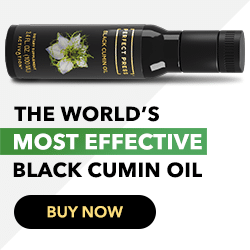
Overheating and the Release of Toxic Fumes
Nonstick coatings are designed to withstand specific temperature ranges. When heated beyond these limits, the coating can start to break down, releasing potentially toxic fumes. The exact temperature at which this breakdown occurs varies depending on the type of nonstick coating used.
Studies have shown that at extremely high temperatures, above 500°F (260°C), nonstick coatings can emit fumes that may contain harmful chemicals. These chemicals include perfluorooctanoic acid (PFOA) and other volatile organic compounds (VOCs). PFOA has been linked to various health issues, including developmental problems and certain types of cancer.
However, it is important to note that reaching these extreme temperatures while cooking is relatively rare. Most cooking techniques, such as sautéing or frying, do not require temperatures that exceed the limits of nonstick coatings. Therefore, when used correctly and within recommended temperature ranges, nonstick cookware can be considered safe for everyday cooking.
Scratches and Wear
Another factor that can affect the safety of nonstick cookware is scratches and wear on the coating. Over time, the nonstick coating can deteriorate, leading to scratches and chips. These damaged areas can potentially release particles and chemicals into the food during cooking.
To prevent scratches, it is crucial to use utensils that are safe for nonstick cookware, such as silicone or wooden utensils. Metal utensils should be avoided, as they can cause significant damage to the coating. Additionally, proper care and maintenance, such as handwashing and avoiding abrasive cleaning tools, can help prolong the lifespan of nonstick cookware and minimize the risk of scratches.
Nonstick Coatings without PFOA
In recent years, there has been a shift towards nonstick cookware that does not contain perfluorooctanoic acid (PFOA) or other potentially harmful chemicals. These coatings are often marketed as PFOA-free or eco-friendly alternatives. Ceramic coatings, for example, have gained popularity due to their nonstick properties and perceived safety.
Ceramic coatings are made from inorganic materials and do not contain PTFE or PFOA. They offer a natural nonstick surface and are generally considered safe for regular use. However, it is essential to note that not all ceramic coatings are created equal, and some may still contain trace amounts of potentially harmful substances. It is crucial to research and choose reputable brands that prioritize safety when considering ceramic nonstick cookware.
The Dangers of Overheating Nonstick Cookware
While nonstick cookware can be safe when used correctly, there are potential dangers associated with overheating. As mentioned earlier, when nonstick coatings reach extremely high temperatures, they can release toxic fumes. These fumes can be harmful to both humans and pets.
Polymer-Fume Fever
Polymer-fume fever, also known as Teflon flu, is a temporary condition caused by inhaling the fumes released from overheated nonstick cookware. Symptoms of polymer-fume fever include chills, headache, and fever. While the condition is generally not life-threatening, it can be unpleasant and should be avoided.
To prevent polymer-fume fever, it is crucial to use nonstick cookware within its recommended temperature limits and avoid exposing it to extreme heat. If you accidentally overheat your nonstick pan and notice the development of symptoms, it is advisable to ventilate the area and seek fresh air. Most cases of polymer-fume fever resolve on their own within a few hours.
Dangers to Pet Birds
It is important to note that the fumes released from overheated nonstick cookware can be particularly harmful to pet birds. Birds have highly sensitive respiratory systems, and exposure to these fumes can cause severe respiratory distress and even death. It is crucial to ensure proper ventilation and avoid using nonstick cookware around pet birds.
Alternatives to Nonstick Cookware
If you are concerned about the potential risks associated with nonstick cookware or simply looking for alternatives, there are several options available. These alternatives offer similar nonstick properties while minimizing potential health hazards.
Stainless Steel Cookware
Stainless steel cookware is a popular choice among professional chefs and home cooks alike. It is durable, versatile, and does not require a nonstick coating to prevent food from sticking. While stainless steel may require the use of oil or other fats during cooking, it offers excellent heat distribution and is generally safe for use at high temperatures.
To prevent food from sticking to stainless steel cookware, it is essential to preheat the pan before adding ingredients and use proper cooking techniques, such as deglazing to release any stuck-on bits. With proper care and maintenance, stainless steel cookware can provide a reliable and safe cooking experience.
Cast Iron Cookware
Cast iron cookware has been used for centuries and is known for its excellent heat retention and even cooking properties. When properly seasoned, cast iron develops a natural nonstick surface that improves with time and use. It is a versatile option that can be used for a wide range of cooking techniques, including frying, baking, and even grilling.
To maintain the nonstick properties of cast iron cookware, it is crucial to season it regularly and avoid using harsh detergents or abrasive cleaning tools. With proper care, cast iron cookware can last a lifetime and provide a safe and reliable cooking experience.
Carbon Steel Cookware
Carbon steel cookware is similar to cast iron in terms of heat retention and durability. It offers excellent nonstick properties when seasoned properly and is a popular choice among professional chefs. Carbon steel pans are lightweight and heat up quickly, making them ideal for tasks that require precise temperature control, such as stir-frying.
To maintain the nonstick surface of carbon steel cookware, regular seasoning and proper care are essential. With time and use, carbon steel pans develop a natural nonstick patina that enhances their performance and makes them a safe and reliable option for cooking.
Other Nonstick Alternatives
In addition to stainless steel, cast iron, and carbon steel, there are other nonstick alternatives available on the market. These include various types of ceramic-coated cookware, as well as pans made from materials such as hard-anodized aluminum or titanium. It is important to research and choose reputable brands that prioritize safety and durability when considering these alternatives.
Tips for Transitioning Away from Nonstick Cookware
If you’re ready to make the switch to safer cookware options, here are some tips to help you transition smoothly. Start by gradually incorporating alternative cookware into your kitchen. Begin with a stainless steel or ceramic skillet and experiment with different recipes. Familiarize yourself with the unique characteristics and cooking techniques required for each type of cookware. Consider donating or recycling your old nonstick cookware to ensure it doesn’t end up in landfills. Finally, be patient with the learning curve that comes with using new cookware and embrace the opportunity to explore different cooking methods and flavors.
Safe and Eco-Friendly Cookware Options
When it comes to safe and eco-friendly cookware options, Xtrema 100% Pure Ceramic Cookware stands out. Made from all-natural ceramic, this cookware is free from harmful chemicals, heavy metals, and toxins. It offers excellent heat retention, even cooking, and is scratch-resistant. Xtrema cookware is also dishwasher safe, making cleanup a breeze. By choosing Xtrema, you not only prioritize your health but also contribute to a more sustainable future.
Where to Find Nonstick Cookware Alternatives
Now that you’re aware of the potential risks associated with nonstick cookware and the available alternatives, you may be wondering where to find them. Many reputable kitchenware stores and online retailers offer a wide range of nonstick cookware alternatives. Explore brands out there for high-quality stainless steel, cast iron, and ceramic options. In our household, we use the carbon steel and 100% Pure Ceramic option. For Xtrema 100% Pure Ceramic Cookware, visit their official website or authorized retailers.
After Thoughts
Nonstick cookware has become a staple in many kitchens, offering convenience and easy cleanup. While there are concerns about the safety of nonstick coatings, when used correctly and within recommended temperature ranges, nonstick cookware can be considered safe for everyday cooking. However, it is crucial to be aware of the potential dangers of overheating and the importance of proper care and maintenance.
If you have concerns about the potential risks associated with nonstick cookware or simply prefer alternatives, there are several options available. Stainless steel, cast iron, carbon steel, and other nonstick alternatives offer safe and reliable cooking experiences while minimizing potential health hazards. Ultimately, the choice of cookware depends on personal preferences and cooking needs. By making informed decisions and using cookware correctly, you can create delicious meals while prioritizing safety in your kitchen.
For natural and healing remedies, products, and supplements to help you live your most optimal healthy life, visit our store here!
Remember: Own Your Health!
If you enjoyed the information presented in this article, Please Share It. Help us reach more people and keep this website going! Thank you!
Note: The information provided in this article is for educational purposes only and should not be considered medical advice. Please consult with a healthcare professional or registered dietitian before making any significant changes to your diet or lifestyle.
References
https://www.ncbi.nlm.nih.gov/pmc/articles/PMC7946751/
https://www.ncbi.nlm.nih.gov/pmc/articles/PMC4402650/
https://pubmed.ncbi.nlm.nih.gov/18941583/
https://pubmed.ncbi.nlm.nih.gov/22366672/
https://www.ncbi.nlm.nih.gov/books/NBK594276/
Risks of PFASs known decades ago | News | Harvard T.H. Chan School of Public Health

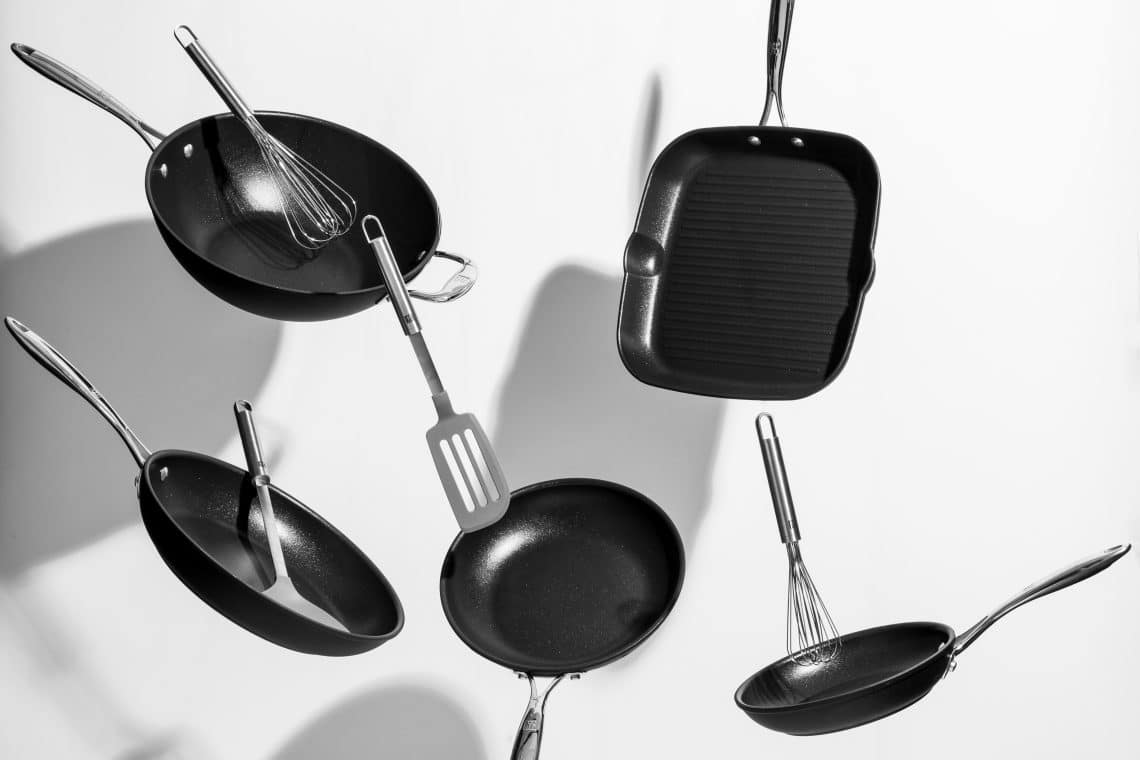



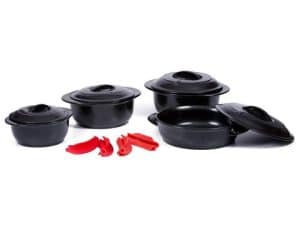
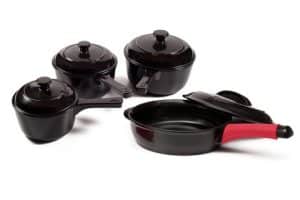

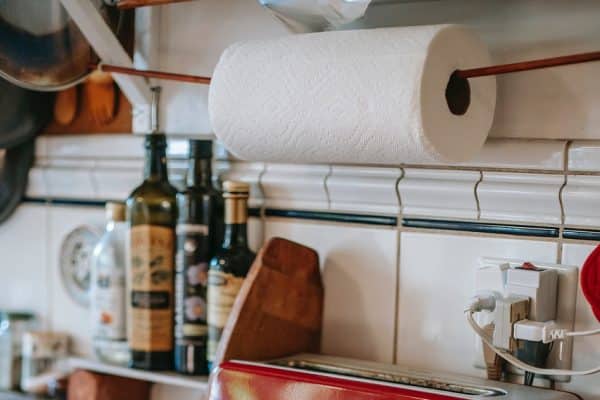


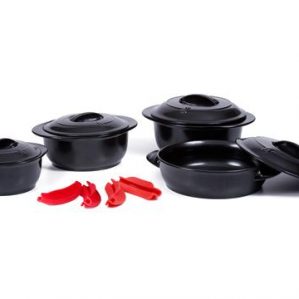

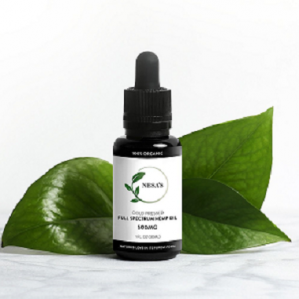












0 Comment